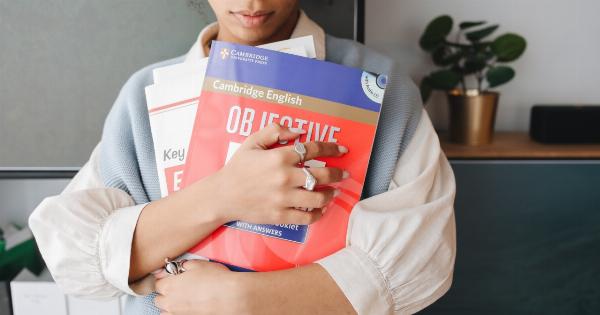Our brain is a complex and fascinating organ that is responsible for our every thought, movement, emotion, and action. It is a powerhouse that controls our body and enables us to interact with the world around us.
But did you know that our brain has some hidden techniques that enable it to remember things like a boss? In this article, we’ll explore some of these techniques and how they work.
1. Chunking
Chunking is a technique that helps our brain to remember large amounts of information by breaking it down into smaller pieces or chunks.
For example, if you need to remember a long list of numbers, you can group them into smaller chunks and remember each chunk instead of trying to remember the whole list at once. This technique works because our brain can hold onto a limited amount of information at one time, and by breaking it down into smaller chunks, we can remember it more efficiently.
2. Mnemonics
Mnemonics are memory aids that help our brains to remember information by associating it with something else. For example, if you need to remember a list of items, you can create a sentence where each word begins with the first letter of each item.
This technique works because our brains are better at remembering things that are associated with other things, rather than trying to memorize them on their own.
3. Repetition
Repetition is a technique that helps our brains remember information by exposing it to the same information multiple times. For example, if you need to remember a phone number, repeating it over and over again will help you remember it more easily.
This technique works because our brains are wired to respond to patterns, and the more we repeat something, the more likely it is that our brain will recognize it and remember it.
4. Visualizations
Visualizations are a technique that help our brains to remember information by creating mental images of that information.
For example, if you need to remember a list of items, you can create mental images of each item and associate them with something else. This technique works because our brains are better at remembering things that have a visual component, rather than trying to remember things that are purely abstract.
5. Association
Association is a technique that helps our brains to remember information by linking it to something else.
For example, if you meet someone new and want to remember their name, you can associate their name with something else that is familiar to you, like another person with the same name. This technique works because our brains are better at remembering things that are connected to other things, rather than trying to remember them in isolation.
6. Storytelling
Storytelling is a technique that helps our brains to remember information by creating a narrative around that information.
For example, if you need to remember a list of facts, you can create a story that incorporates those facts and helps you remember them better. This technique works because our brains are wired to respond to stories, and the more engaging and memorable the story is, the more likely it is that we will remember the information contained in it.
7. Active Learning
Active learning is a technique that helps our brains to remember information by engaging in activities that involve that information.
For example, if you need to remember the process of a complex task, you can break it down into smaller steps and actively engage in each step. This technique works because our brains are wired to remember things that we actively participate in, rather than trying to remember things that we passively observe.
8. Sleep
Sleep is a technique that helps our brains to remember information by consolidating memories. When we sleep, our brains replay the memories of the day and consolidate them into long-term memory.
This technique works because our brains are better at remembering things that have been consolidated through sleep, rather than trying to remember things that have not been properly stored in our memory.
9. Emotions
Emotions are a technique that helps our brains to remember information by associating that information with a strong emotional response.
For example, if you experience a traumatic event, you are more likely to remember the details of that event because of the strong emotional response associated with it. This technique works because our brains are wired to remember things that have a strong emotional component, rather than trying to remember things that are neutral or unimportant.
10. Novelty
Novelty is a technique that helps our brains to remember information by presenting it in a new or unexpected way. When we encounter something new or unexpected, our brains pay closer attention to it, and we are more likely to remember it.
This technique works because our brains are wired to respond to new and unexpected experiences, rather than trying to remember things that are familiar or routine.































